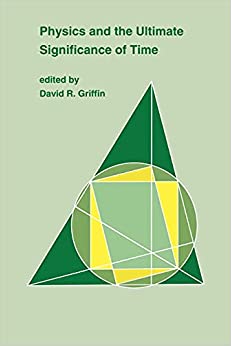Fill out the rest of data according to data #1, then answer the rest of questions. (All information are provided in the picture)
TRANSLATIONAL & ROTATIONAL EQUILIBRIUM Introduction/Objective: For maintenance on large buildings, scaffolding can be hung on the outside. In order for the scaffolding to support workers, it must be in translational and rotational equilibrium. If two or more forces act on the scaffolding, each can produce a rotation about either end. Therefore, either end can be referred to as a pivot point. Scaffolding with uniform mass distribution has all the mass concentrated at its center. In translational equilibrium the object is not accelerating; thus , the upward and downward forces are equal. In order to achieve rotational equilibrium, the sum of all of the clockwise torques must equal to the sum of all the counterclockwise torques as measure from the pivot point. That is, the net torque must be zero. In this lab you will model scaffolding hung from two ropes using a meterstick and spring scales, and use number to measure the force on the scaffolding. Materials: Meterstick Two spring Scales Two Ring Stands Two Clamps Two Meterstick Slides 500-gram Mass 200-gram Mass Procedure: > Note: The left spring scale will be considered the pivot point for this lab, therefore the lever arm will be measured from that reference point 1) Place the slides on the meterstick, one located at the 10-centimeter mark and one at the 90- centimeter mark. combine : vibtony ~7 79.1 tople Determine the mass of the meterstick with slides. Mass = 0. kilograms 2) Place the ring stands 80-centimeters apart and attach a clamp to each stand. 3) Verify that the scales are zeroed before use, otherwise carefully adjust them to zero. Then, hang a spring scale from each ring stand clamp. 4) Using the meterstick slides, suspend the meterstick from each scale. Read each spring scale and record the force in Data Table 1. Data Table 1 Object Added to Scales Left Scale Right Scale MAST Meterstick w/Slide 0. 40 Anoldqubo int 500-gram mass 4. 2 0 200-gram mass 1. 21 180 Data Table 2 lets layer to slep. Lever Arm "Torque Object Added Force CW / CCW Meterstick w/Slides 500-gram mass 200-gram mass 158 0.7. 9.8 Right Scale Data Table 3 Object Added CW Torque CCW Torque Meterstick w/Slides 500-gram mass 200-gram mass Right Scale Net Torque 5) Hang a 500-gram on the meterstick at the 30-centimeter mark. Read each spring scale and record the new forces in Data Table 1. 5) Now, hang an additional 200-gram mass on the meterstick at the 70-centimeter mark. Read each spring scale and record the new forces in Data Table 1. 7) Using Data Table 1, determine the Force (weight) and lever arm for each object and record it in Data Table 2. Also, indicate if the Force would cause a clockwise torque (CW) or a counter- clock wise torque (CCW). B) Calculate the torque for each object and record these values in Data Table 3 under the appropriate column. And, calculate the sum of the net clockwise and counter-clockwise torques. Analysis: 1) Draw a free-body diagram of the system showing all the forces: 2) Is the system in translational equilibrium? Is the system in rotational equilibrium? How do you know? 3) Using the spring scale values from Data Table 1, calculate the mass of the meterstick and slides. 4) To determine the percent deviation for this lab, calculate the percent error between the mass of the meterstick and slide from Step #2 and the calculated value for their mass from Question #1. Use the average of the two values for the Accepted Value. (A percent error greater than 15% needs to be rechecked.) 5) Compare/Contrast the sum of the net clockwise and counter-clockwise torques; Are they the same or different? Ideally, what should they be? What does your data support? 6) Calculate the percent error between the clockwise and counter-clockwise torque and use the average of the two torques as the accepted value. 7) If your answer in question #6 is not Equal To or Less Than the percent deviation, calculated in Question #4, check the lab for data collection/calculation errors and see instructor. List ar







